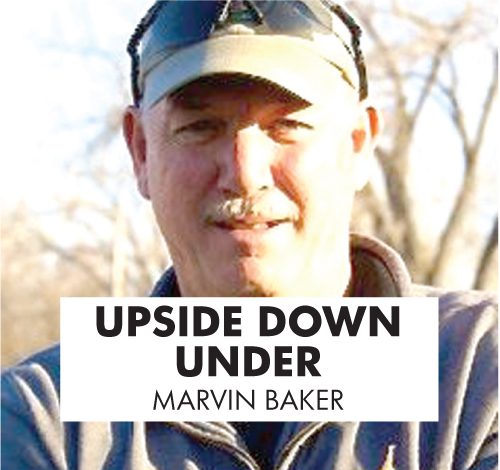Editor’s note: This article is educational and is not intended as medical advice. It simply explains the two types of vertigo and the various ways vertigo affects people.
Most people don’t like to talk about medical issues, although in some cases, those issues are brought into the public domain as people suffer from conditions manifested by the disease or condition.
One of them is vertigo. Simply put, vertigo is uncontrollable dizziness that can last a few minutes up to a week in some severe cases.
There are two types of vertigo and unfortunately, there are some doctors who aren’t completely educated on the difference. And that can be problematic for the patient.
There have been a number of people complaining on social media in the past several weeks about having vertigo and/or dizziness.
The first type of vertigo appears when calcium deposits in the inner ear are dislodged causing the patient to lose balance and become dizzy. It’s amazing how much our ears affect our balance.
Often times a chiropractor will work with a patient to put the calcium deposits back in their rightful place by having the patient doing exercises that may gently force the head back or forth.
If you have that type of vertigo, those visits most often fix the problem, at least until something happens again to dislodge the calcium deposits; a car accident, hitting your head while falling, blunt trauma, etc.
The second type of vertigo is quite different and much more complicated to diagnose. In fact, this type of vertigo is a condition of a greater disease and this, in my opinion, is where some doctors are lacking in their knowledge.
This vertigo is one of four symptoms of a disease called Meniere’s disease, named for the French doctor who discovered it. The dizziness is often associated with nausea and/or vomiting.
The other three symptoms associated with Meniere’s are ringing in the ear (tinnitus), pressure in the ear and hearing loss.
What makes this disease so difficult to diagnose is you could have one or two or all four of those conditions. They can come and go and you can go into remission for several months before it happens again.
Numerous factors can start the onset of Meniere’s, but the main three are hereditary, allergic reactions and increased fluid in the inner ear. Meniere’s can attack at any age, but is most often found in people over 50 and almost always affects one ear.
According to the New England Journal of Medicine, Meniere’s runs its course in approximately seven years, but there are several ways to at least control the symptoms in the interim.
Treatment, obviously will vary with the needs of the patient that includes vestibular rehabilitation, diet and lifestyle changes, tinnitus management, hearing aids and counseling. In four of five people, non-surgical measures are sufficient. Surgery is considered a last ditch effort.
Oddly enough, diazepam (Valium) is sometimes prescribed to help with the dizziness, even though Valium “may cause dizziness.” Mayo Clinic believes it lessens the severity, at least for a time. The diet and lifestyle changes can be boiled down to one item, sodium. If you are getting too much sodium in your diet, it can certainly intensify the severity of Meniere’s.
There are medications that can be injected into the inner ear to lessen or eradicate symptoms. One is a steroid called dexamethasone that will control the vertigo in some people.
The other is gentamicin, an antibiotic that is toxic to your inner ear. It works by damaging the sick part of your ear that’s causing the vertigo. Your healthy ear then takes on the job of balance. The bad news is, there’s hearing loss from the use of this antibiotic.













